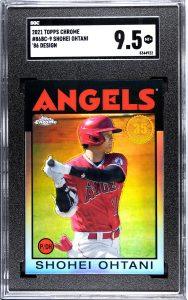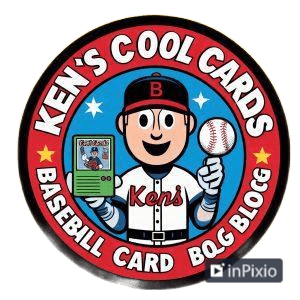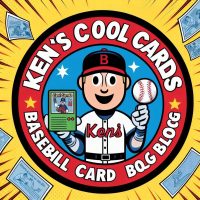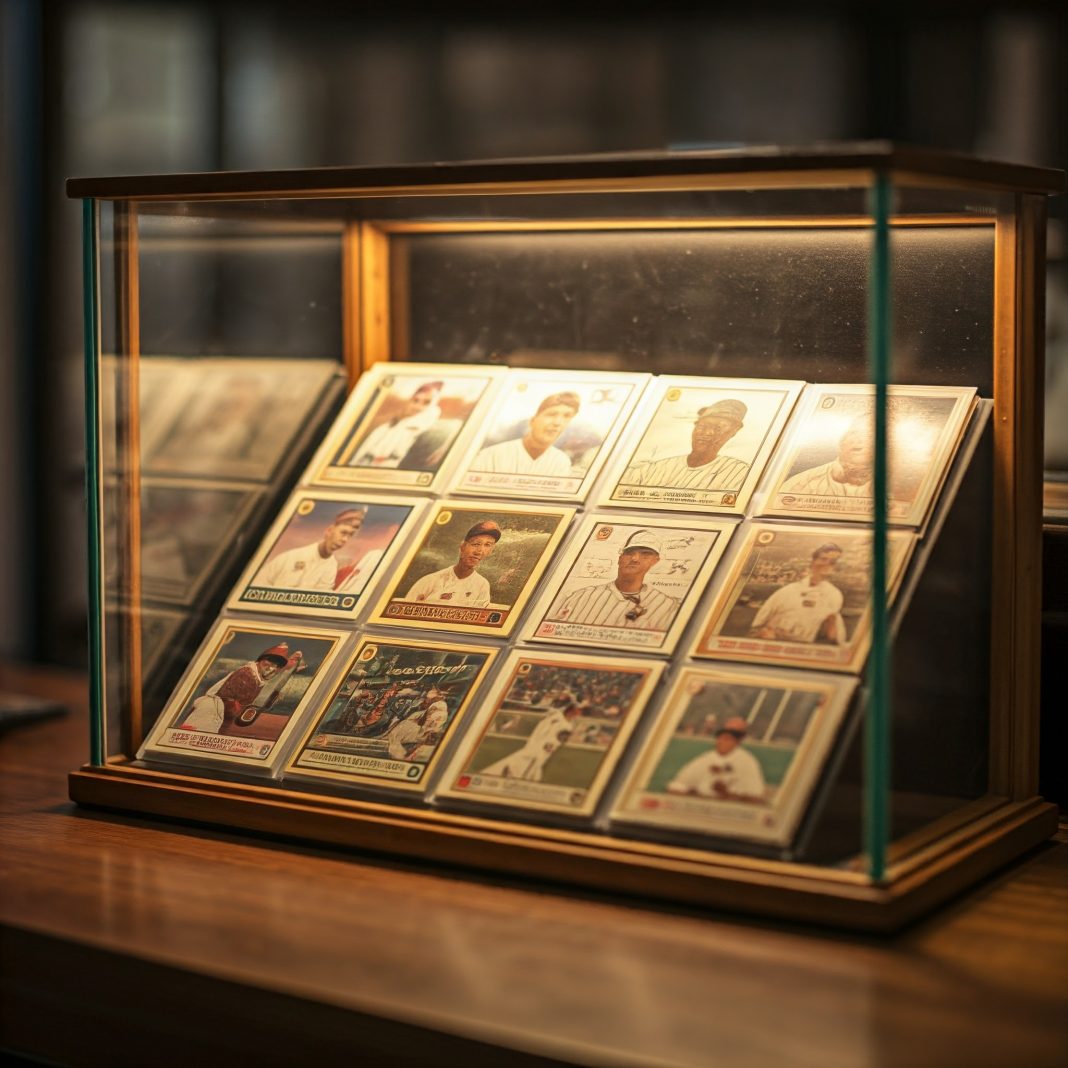Collecting baseball cards isn’t just a hobby—it’s a journey through time, emotion, and strategy. It’s the thrill of discovery, the nostalgia of childhood heroes, and the satisfaction of curating something truly special. Whether you’re just starting out or have decades of collecting under your belt, learning how to identify valuable cards is key to building a collection that’s not only worth money—but worth meaning.
Let’s break down the core elements that elevate a card from ordinary to extraordinary.
🌟 Player Popularity and Performance
At the heart of every card is a story—and that story begins with the player. A card’s value often mirrors the legacy of the athlete it features. Hall of Famers, MVPs, and breakout rookies tend to command the most attention, not just because of stats, but because of the emotional connection fans and collectors feel toward them.
- Icons like Mickey Mantle aren’t just valuable because of their performance—they represent an era, a mythology. His cards, especially the 1952 Topps, are grails for many collectors.
- Modern legends like Mike Trout and Shohei Ohtani bring excitement and future potential. Their cards are already hot commodities, and if their careers continue on a Hall of Fame trajectory, today’s investments could become tomorrow’s treasures.
- Emerging stars are worth watching. Spotting talent early and grabbing rookie cards before the hype can be a thrilling—and profitable—part of the chase.

🧼 Card Condition: The Collector’s Gold Standard
Condition isn’t just about aesthetics—it’s about preservation, pride, and value. A pristine card tells a story of care and rarity. Grading companies like PSA and Beckett have turned this into a science, but even before the slab, your eyes can spot the signs:
- Sharp Corners: No fraying, no folds—just clean edges.
- Clean Surfaces: Free from fingerprints, stains, or print defects.
- Centered Images: A well-balanced frame adds visual appeal and grading points.
- No Creases or Bends: Even a slight warp can drop a card’s value dramatically.
A PSA 10, labeled “Gem Mint,” is the holy grail of condition. But even lower grades can hold value if the card itself is rare or historically significant.
🔍 Rarity and Scarcity: The Power of the Chase
Not all cards are created equal. Some are printed in limited runs, others are short prints, and a few are born from mistakes—each adding a layer of intrigue and value.
- Limited Editions: Think autographs, jersey patches, foil inserts—these are often numbered and intentionally scarce.
- Short Prints (SPs): These cards are printed in smaller quantities within a set, making them harder to find and more desirable.
- Error Cards: Misprints, wrong stats, or design quirks can turn a card into a collector’s curiosity. Some errors become legendary, others fade—so context matters.
Take the 1989 Upper Deck Ken Griffey Jr. rookie card. It’s not just valuable—it’s iconic. Limited print, perfect timing, and a player who defined a generation.
🕰️ Historical Significance: Cards That Tell a Bigger Story
Some cards transcend the player—they capture a moment in baseball history. These are the cards that stir emotion and spark conversation.
- Rookie Cards: The first glimpse of a player’s journey. Often the most sought-after and foundational to any collection.
- Milestone Moments: Cards that commemorate record-breaking seasons, World Series wins, or unforgettable plays.
- Era-Defining Releases: Like the 1952 Topps Mantle—not his rookie, but a symbol of post-war baseball and the golden age of collecting.
These cards aren’t just investments—they’re time capsules.
🧠 Smart Moves for New Collectors
Starting out? Here’s how to build a collection that’s both meaningful and valuable:
- Do Your Homework: Research players, sets, and market trends. Sites like Card Ladder, forums like Blowout, and Reddit communities can be goldmines of insight.
- Prioritize Condition: Buy the best condition you can afford. Graded cards offer peace of mind and resale value.
- Buy from Trusted Sellers: Whether it’s eBay, a card show, or a local shop, reputation matters. Look for sellers with strong feedback and transparent listings.
- Protect Your Cards: Use sleeves, top loaders, and storage boxes. A little care goes a long way in preserving value.
Collecting baseball cards is more than just flipping cardboard—it’s about connection, storytelling, and the thrill of the hunt. Every card has a heartbeat, and every collector brings their own passion to the game. So whether you’re chasing rookies, legends, or hidden gems, remember: the real value lies in the joy of the journey.



